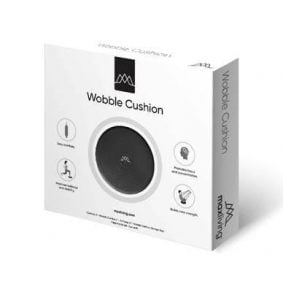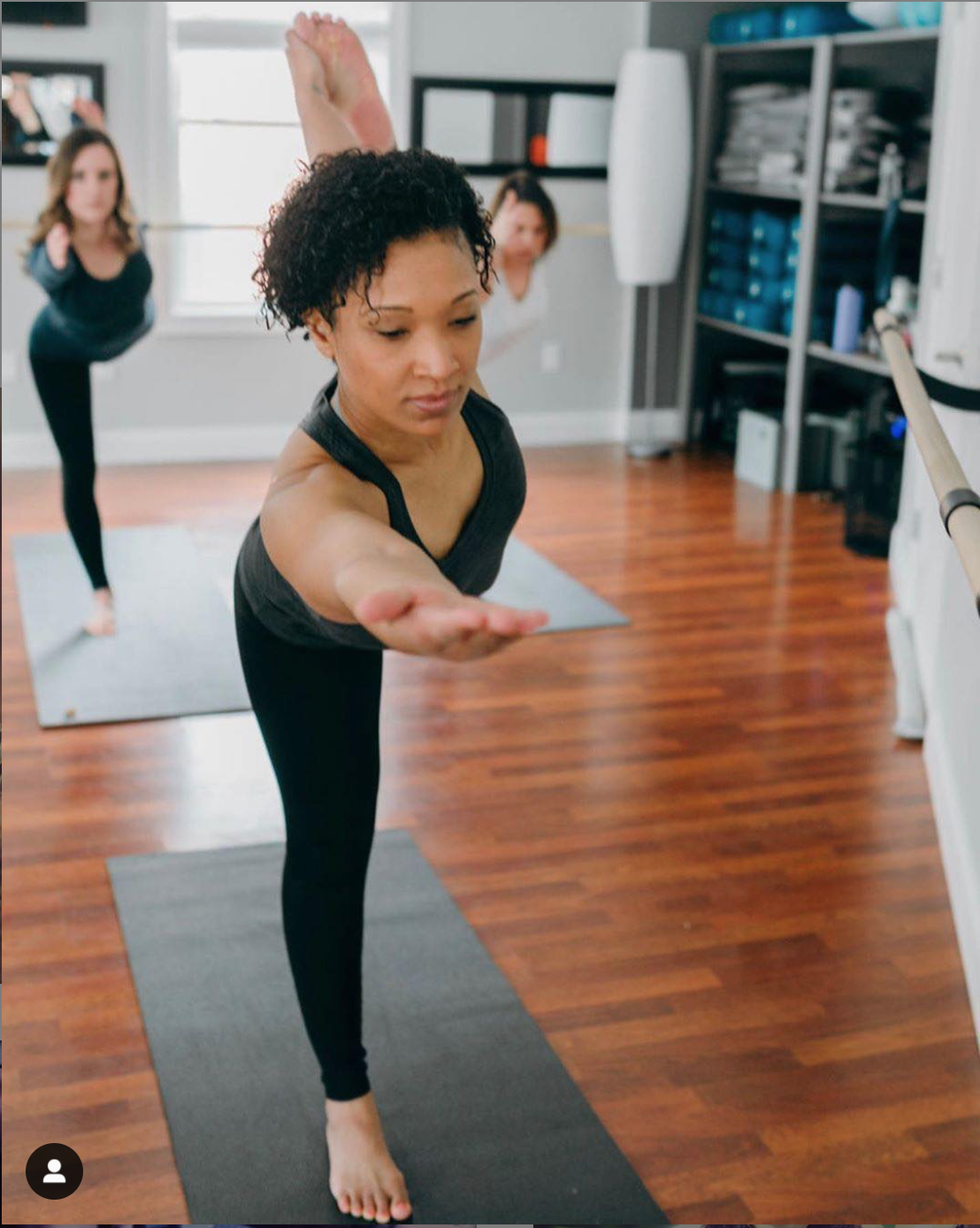One of Dr. Allie Mendelson’s favorite things to do is to present informative workshops to improve our health and wellbeing. On Monday, January 11, 2021 she had the chance to talk to the town of West Hartford about a subject important to her and her patients: Organic eating.
We had an engaged and eager group of 30 people ready to learn some new, healthy tips from Dr. Allie, and thanks to the wider audience provided by Zoom, this online class drew attendees from Texas and Florida!
The setting provided attendees with an “Ask Dr. Allie” format and once we got rolling, the hour flew by.
The “Dirty Dozen” and “Clean Fifteen” were a great place to start when it comes to produce shopping. Dr. Allie explained that this report is actually updated every year by the Environmental Working Group (EWG) and includes the two main categories. You can find it online or you can even download an app to keep track of the trends.

As a basic rule, it’s always best to buy organic when you are produce shopping, but the Dirty Dozen list includes produce that, when grown conventionally, is heavily sprayed with dangerous pesticides, so buying organic is much safer and healthier.
The Clean Fifteen list includes items that are not heavily sprayed, as a rule, and are safe to buy as conventional. The example Dr. Allie gave was avocados, which are a staple in many ketogenic lifestyles, and they are grown with little or no spraying needed, so shoppers don’t need to spend the money on organic.
Topics ranged from organic and GMO foods, to grass-fed beef, water, cooking oils/fats, grass-fed butter, nuts, and raw milk.
Dr. Allie talked about taking supplements if you are deficient in certain minerals. Most people need a little extra calcium, Vitamin D and Vitamin C. Also magnesium is important. But it’s advisable to get tested by a naturopath to see what your body needs.
 Dr. Allie shocked participants with the point she made about eating pink Himalayan salt to help your body, she said “A great way to get minerals is to buy pink Himalayan salt because it has eighty-four minerals in it. Regular salt is very acidic and has only three minerals.” Himalayan salt has iodine in it.
Dr. Allie shocked participants with the point she made about eating pink Himalayan salt to help your body, she said “A great way to get minerals is to buy pink Himalayan salt because it has eighty-four minerals in it. Regular salt is very acidic and has only three minerals.” Himalayan salt has iodine in it.
She went on to say, “most people are deficient in salt.” If you don’t have enough sodium, you can’t absorb the minerals your body needs.
When thinking about organic products, it’s important to keep that in mind for what you put in your body, and on your body. When you eat, your liver will help filter the bad ingredients. Of course you’ll tax your liver if you over do the synthetic ingredients. When you use lotions and beauty products on your skin any it’s extremely important for what you put on your skin to be natural because it goes right through your skin and into your bloodstream without the benefit of your liver/filter. Anything you put on your body you should be able to eat.
“What you put on your skin should be organic and clean… that’s why we like essential oils for things like cleaning and more,” said Dr. Allie.
Special thanks to Robin Collins, Gina Marino and Deborah Kennedy with the town of West Hartford Senior Center. Thanks also to Essential Health’s Marketing Manager Joy Taylor for moderating the discussion.
The Q&A style session ended with a quiz on the healthiest countries. Wondering what they are? Watch the video!





 Dr. Allie shocked participants with the point she made about eating pink Himalayan salt to help your body, she said “A great way to get minerals is to buy pink Himalayan salt because it has eighty-four minerals in it. Regular salt is very acidic and has only three minerals.” Himalayan salt has iodine in it.
Dr. Allie shocked participants with the point she made about eating pink Himalayan salt to help your body, she said “A great way to get minerals is to buy pink Himalayan salt because it has eighty-four minerals in it. Regular salt is very acidic and has only three minerals.” Himalayan salt has iodine in it.






